Our brand comes with a powerful and expressive visual identity. The guidelines below introduce you to the key facets of this visual identity system, and will help you to create collateral that authentically represents Emerson’s profound impact in society. Use them as a frame of reference to ensure that your visual communications always look and feel unique to Emerson. As the Emerson identity evolves, these guidelines will be continually updated and enhanced to ensure that our approach remains fresh, compelling, and vibrant.
The Office of Marketing asks that, in this time of brand transition, uses of the College’s logos and marks be reviewed before a project enters production. We look forward to assisting you.
The Emerson College logo is represented by the wordmark below. The logo is our signature and stamp of quality; it represents us at the very highest level and is vitally important to our identity. It is, and should always be, the most consistent component in our communications. Wordmark components are always placed in a fixed relationship and should never be altered, modified, or reproduced in any way, other than as they are shown in the official style guide. The logo has three states, depending on when and where it makes sense to use a specific wordmark combination.
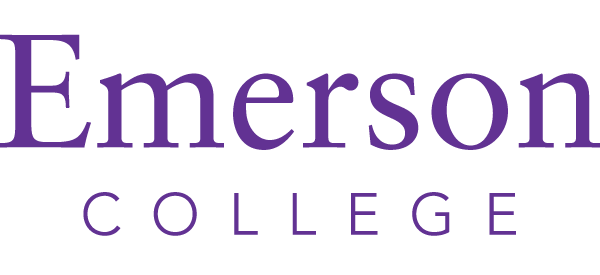
The stacked Emerson wordmark is our primary identifier, and the preferred version of our logo—especially for more formal or externally facing usage. It represents the College in fullest context, whenever it’s necessary or beneficial to do so.
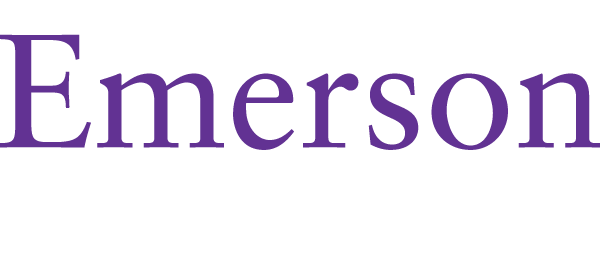
For communications and materials that may be more primarily internal in nature, or in cases where there it provides a functional or visual benefit, this stand-alone version of the wordmark can be used.
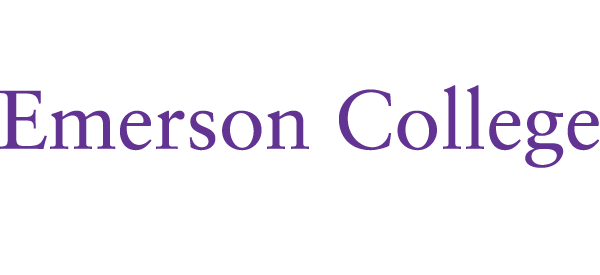
A horizontal version of the wordmark may be used in areas where vertical space is limited. It would be ideally used on the Emerson website.

ONE COLOR / GRAY SCALE
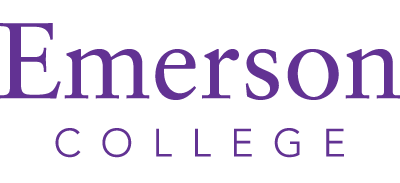
ONE COLOR / PURPLE
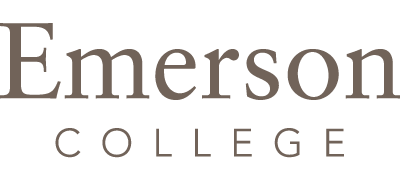
ONE COLOR / GRAY
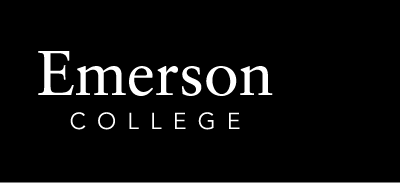
REVERSED / GRAYSCALE
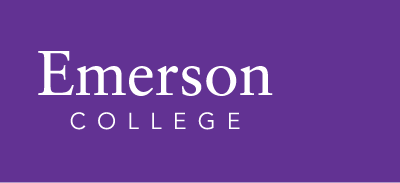
REVERSED / COLOR
The primary logo should appear in the colors and combinations shown here (our core Pantone 267C, Pantone Warm Gray 11, or Black), or reversed out of a color field in white. There are a few more rules that apply when using the institutional logo. To learn about scaling, spacing, and more, please consult the full Visual Identity style guide.
Our color palette is composed of both a primary and secondary palette. The Emerson purple remains at the core of our visual identity; it is now an updated hue that infuses our brand with the same creative energy that drives our community: Pantone 267C. The two other colors in our primary palette, white and warm gray, add modernity to the palette and allow our core purple to shine. In most cases, we encourage you to lean heavily on the primary palette, but there are cases where our secondary palette of accent colors adds flexibility and variety, helping you create bold visuals and tailor communications for different audiences and occasions. We advise only using the secondary colors sparingly.

CMYK: 76 97 0 0
RGB: 98 38 158
HEX: #62259D

CMYK: 52 53 59 24
RGB: 112 98 89
HEX: #706258


CMYK: 87 96 40 44
RGB: 47 26 69
HEX: #2F1A45

CMYK: 97 100 8 10
RGB: 48 43 125
HEX: #302B7D

CMYK: 67 98 6 1
RGB: 117 47 138
HEX: #742F8A

CMYK: 64 0 32 0
RGB: 76 193 187
HEX: #4CC1BA

CMYK: 80 12 1 0
RGB: 0 168 225
HEX: #00A7E1

CMYK: 2 100 62 0
RGB: 232 25 77
HEX: #E8194D

CMYK: 29 1 100 0
RGB: 196 214 0
HEX: #C3D500

CMYK: 0 18 100 0
RGB: 255 205 0
HEX: #FFCD00

CMYK: 0 73 98 0
RGB: 252 76 2
HEX: #FC4C02
When approaching photography, we encourage you to choose images that convey candidness, energy, interaction, collaboration, inspiration, and a rich sense of place. Keeping these specific qualities in mind will help ensure that our images are consistent, compelling, and on-brand across all subjects and situations.
At Emerson, students learn and grow as much outside the classroom as they do inside. Our campuses and the surrounding cities exude nonstop energy, life, and excitement. Our campus and our creative community shine through these photographs.
Images in this category capture things that are unique to Emerson and its community. Here we focus on the fact that, through strong connections, Emerson’s reach extends throughout the country and world.
No matter the discipline, our classrooms and studios serve visionaries who create change and improve, enliven, and inspire the world. We skip routine shots of academics, instead making sure that we demonstrate how our people enthusiastically and naturally interact and collaborate.
Whether it’s a compelling portrait, shots of a rehearsal, or captured moments on and off stage, this unique photography style, used in special instances, will elevate the idea of inspiration at Emerson through bold light and energetic compositions.
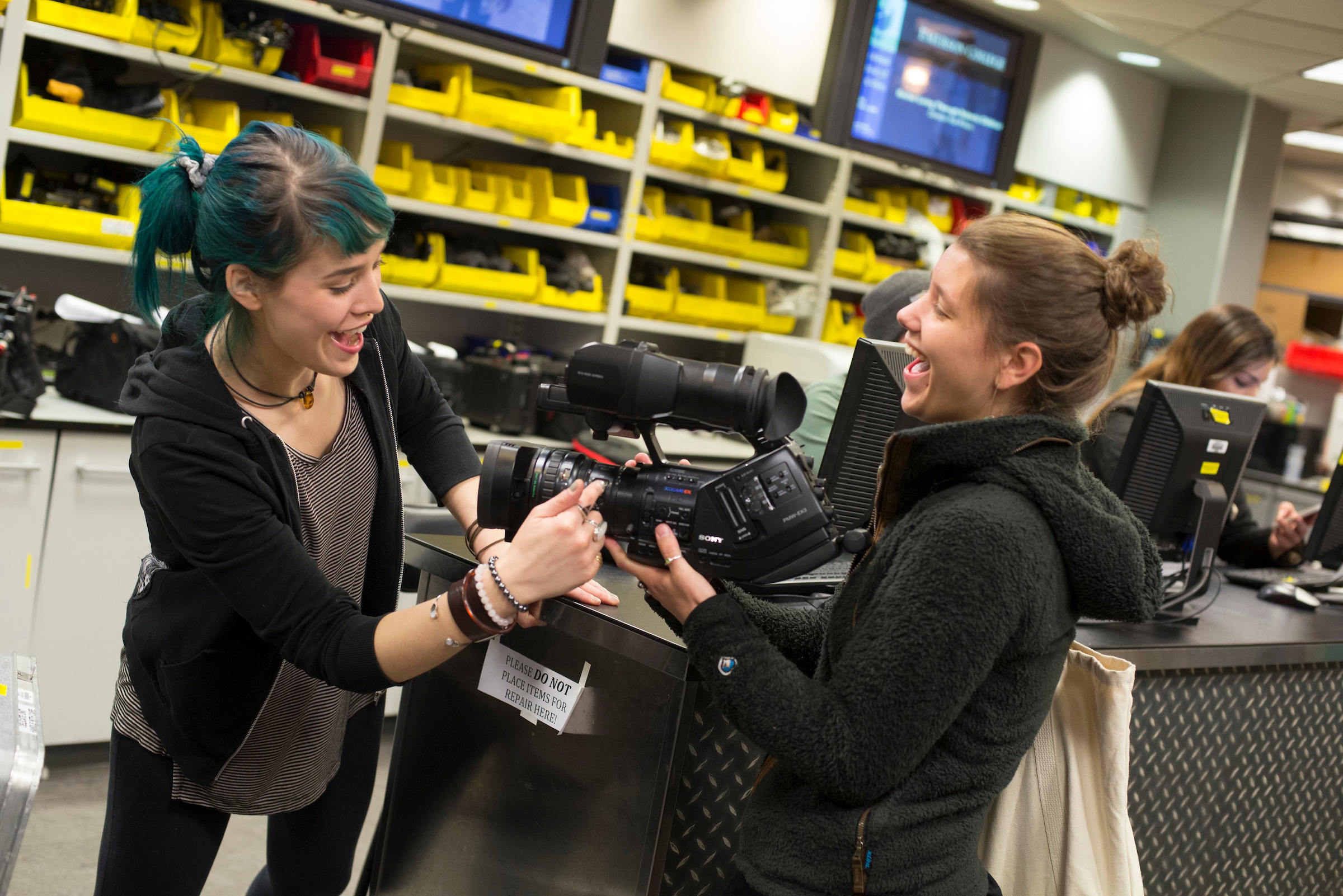

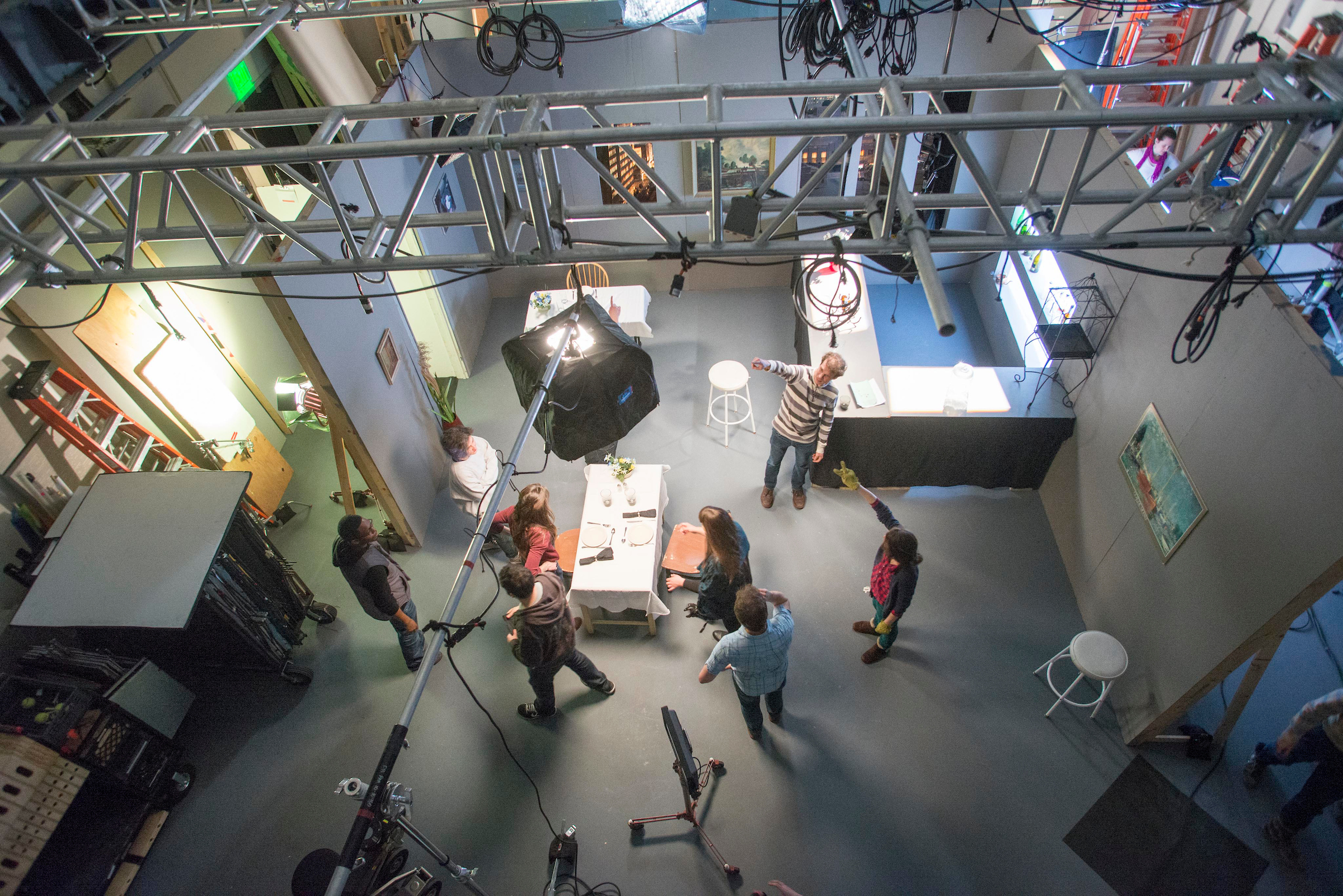
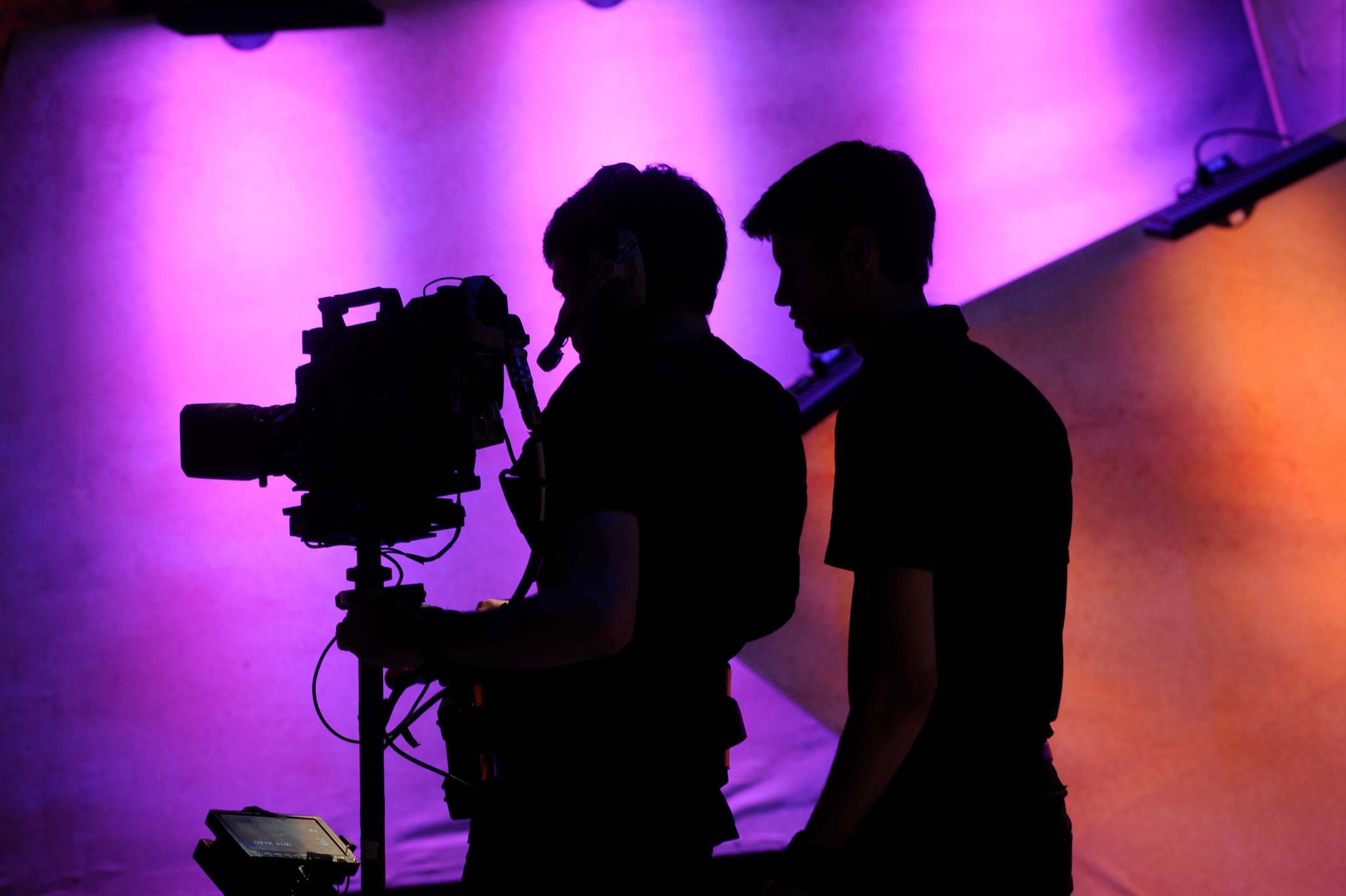


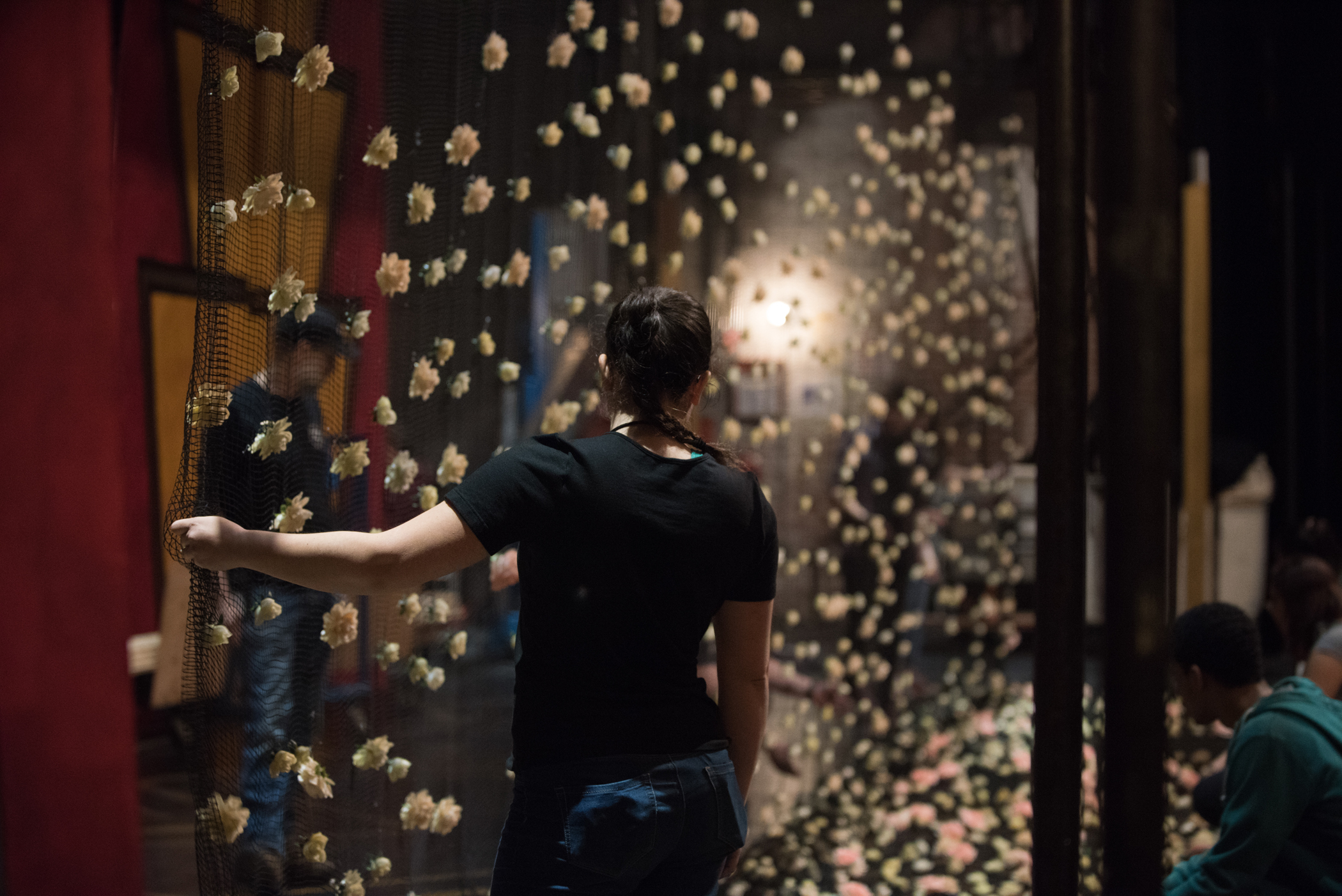
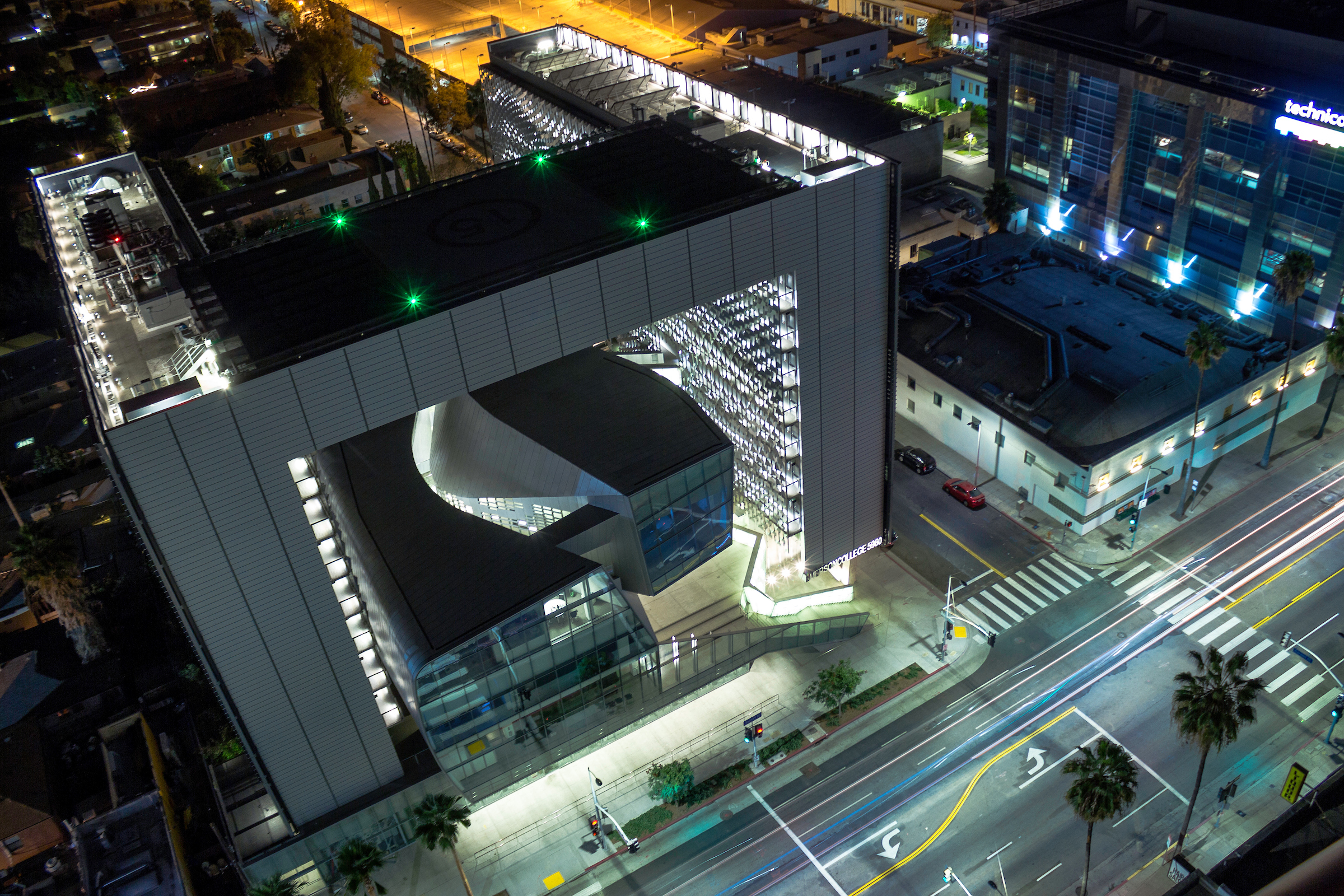
Consistent and unique typography helps unify our communications and conveys a sense of cohesiveness across all forms of media. See below to learn about the three typefaces of the Emerson brand.
Emerson’s primary sans-serif typeface is Avenir Next, which is meant to be a visual expression of the modern relevance and impact the College can have on today’s world. It offers a wide range of weights that can be applied to both large headlines or display type and smaller body copy. It can be used in tandem with Sabon (see below).

Emerson’s serif typeface is Sabon, a classic style that helps convey the College’s integrity and rich history. This typeface can also be applied to both headlines or large display type and smaller body copy. It can be used in tandem with Avenir Next (see above).
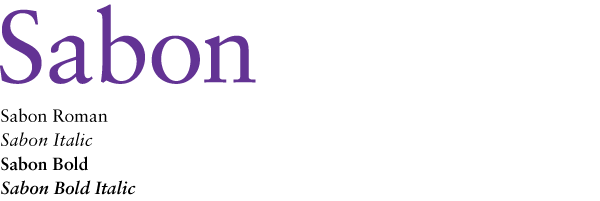
FF DIN OT is our alternative sans-serif option and should be used sparingly. It is best used when featuring a bold headline or for placing more emphasis and effect on certain areas of content.

All materials copyright Emerson College. All rights reserved.